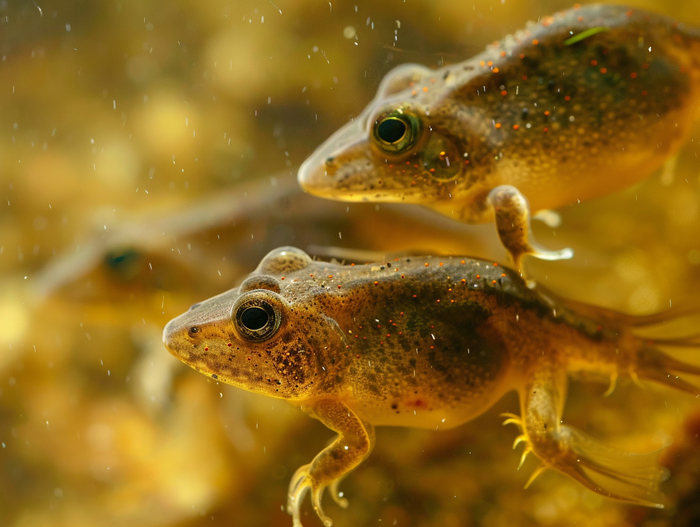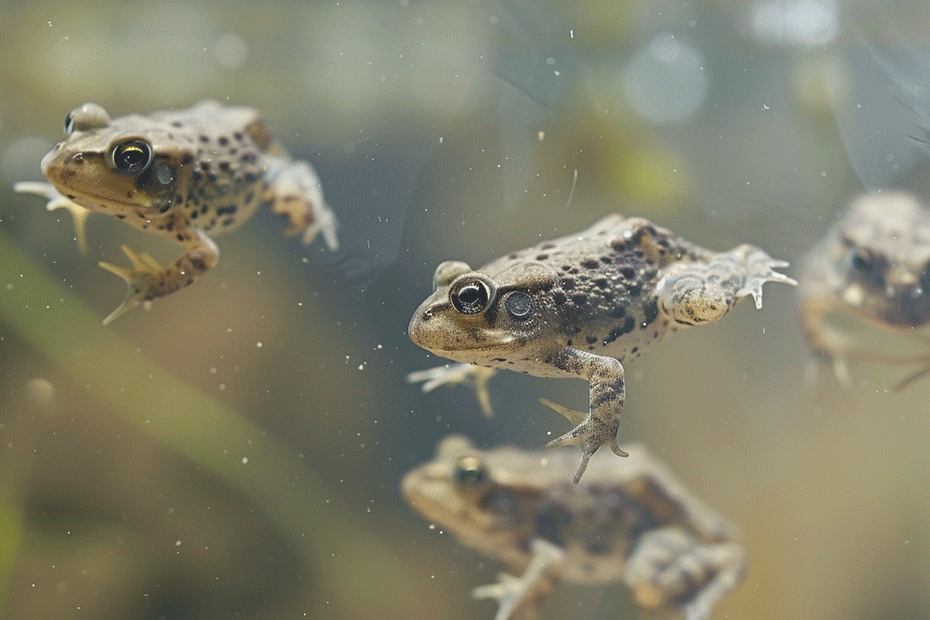Curious about how toads bring new life into the world? You’re in the right place. In this text, we’ll jump into the intriguing area of toad reproduction. Ever wondered how these amphibians go about the process of creating the next generation? Let’s uncover the mysteries of how toads have babies.
From unique mating rituals to the intricate process of egg fertilization, toads have a captivating way of reproducing. Understanding the lifecycle of these amphibians can provide valuable insights into the wonders of nature. Stay tuned as we explore the intriguing world of toad reproduction and discover the secrets behind how these fascinating creatures bring their offspring into the world.
Key Takeaways
- Toad reproduction involves unique mating rituals like amplexus and external fertilization.
- Eggs are laid in water, fertilized externally, and coated in jelly for protection.
- Tadpoles undergo metamorphosis to become juvenile toads before transitioning to land.
- Habitat conditions, climate, and predation risks play significant roles in influencing toad reproduction.
- Toads exhibit distinct seasonal reproduction cycles with specific breeding patterns and reproductive strategies.
Understanding Toad Reproduction

Toad Mating Behavior
- Amplexus: This is the mating position where the male toad clasps the female from behind.
- Release of Eggs: Females release eggs while males fertilize them externally.
- Mating Calls: Male toads produce loud calls to attract females during mating season.
Egg Fertilization Process
- External Fertilization: Toads lay eggs in water, and the male releases sperm to fertilize them externally.
- Jelly Coating: Eggs are coated in jelly to protect them from predators and provide moisture.
- Development: Fertilized eggs hatch into tadpoles within a few days.
- Tadpole Growth: Tadpoles undergo metamorphosis, developing legs and lungs.
- Life Cycle: Tadpoles gradually transform into juvenile toads.
- Independence: Juvenile toads leave the water to live on land as adult toads.
Factors Influencing Toad Reproduction

Habitat Conditions
Toads require suitable habitats for successful reproduction. Key factors influencing toad reproduction in their habitat include:
- Water Availability: Toads need water bodies like ponds or streams for breeding.
- Shelter: Vegetation and hiding spots in the habitat provide shelter during mating and egg-laying.
- Temperature: Optimal temperature conditions are crucial for toad breeding success.
Climate Impact
The climate plays a significant role in toad reproduction. Factors related to climate that influence toad breeding include:
- Seasonal Changes: Breeding seasons coincide with favorable climate conditions.
- Temperature Fluctuations: Extreme temperature changes can impact breeding behavior and egg development.
- Precipitation: Adequate rainfall ensures sufficient water supply for breeding sites.
Predation Risks
Predation risks are an important consideration for toad reproduction. Some predation risk factors for toads include:
- Natural Predators: Predators like birds, snakes, and mammals can threaten eggs and tadpoles.
- Habitat Destruction: Loss of habitat due to human activities increases vulnerability to predators.
- Competition: Competition with other species for resources can affect breeding success.
Toad Breeding Patterns

Seasonal Reproduction Cycles
Toads exhibit distinct seasonal reproduction cycles closely linked to environmental conditions. During mating season, typically in spring to early summer, male toads emit distinct calls to attract females. After courtship rituals, females lay eggs in water bodies, where fertilization occurs. It’s crucial for toad populations that these cycles align with optimal temperature and moisture levels, ensuring successful reproduction.
Reproductive Strategies
To maximize breeding success, toads employ various Reproductive Strategies. Amplexus, a form of mating embrace, allows for efficient fertilization. Female toads can lay thousands of eggs, increasing offspring survival rates. Parental care is minimal in most species, with tadpoles often hatching from eggs and undergoing metamorphosis independently. These strategies have evolved to enhance reproductive fitness and ensure the continuation of toad populations.
Conclusion
Toads have developed unique reproductive strategies to ensure the survival of their species. By mating in specific seasons, utilizing amplexus for efficient fertilization, and laying numerous eggs, toads increase their chances of successful reproduction. With minimal parental care, toad offspring are left to hatch and grow independently, allowing for the continuation of their populations. These evolutionary adaptations have proven to be effective in enhancing the reproductive fitness of toads and sustaining their existence in the wild.

Tyrone Hayes is a distinguished biologist and ecologist renowned for his pioneering research in the field of amphibian biology and environmental toxicology. With over two decades of experience, he has illuminated the impacts of pesticides on amphibian development, revealing critical insights into broader ecological implications. Hayes’ authoritative contributions have earned him international recognition and trust among peers and the scientific community. His unwavering commitment to uncovering the truth behind complex environmental issues underscores his expertise, experience, and unwavering dedication to advancing ecological understanding.
